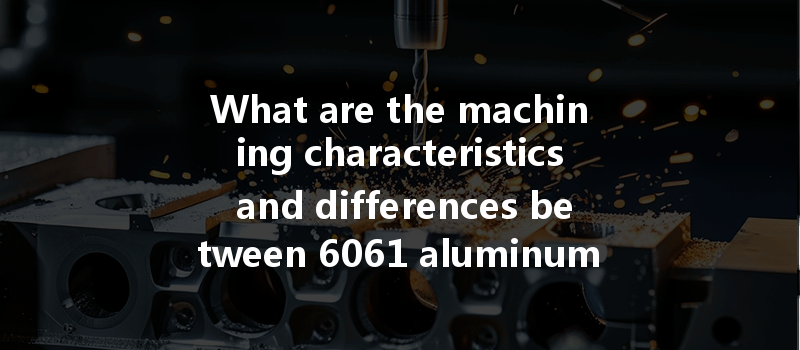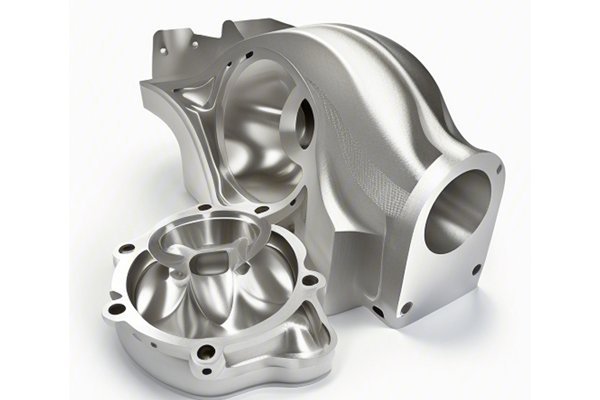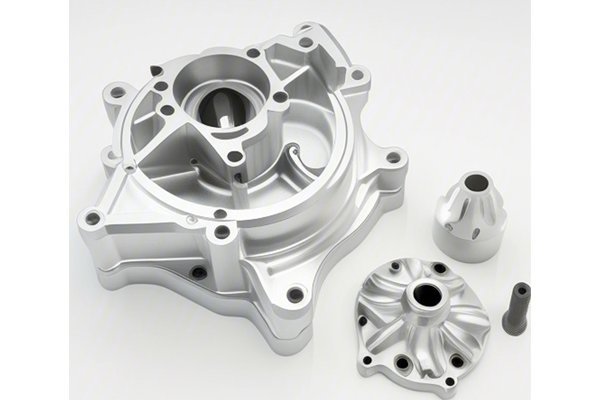Did you know that aluminum is the second most used metal in the world after steel? With its lightweight yet strong characteristics, aluminum has become a preferred material for various industries ranging from automotive to aerospace. When it comes to CNC turning— a process widely employed in the manufacturing of precision components—two aluminum alloys that often arise in discussions are 6061 and
This blog will delve deep into the characteristics, advantages, and specific machining considerations for both 6061 and 7075 aluminum alloys used in CNC turning. By the end, you’ll have a comprehensive understanding of when to choose 6061 or 7075 for your CNC turning projects and how to leverage their unique properties for optimal machining outcomes.
Understanding Aluminum Alloys: A Brief Overview
Aluminum alloys are categorized into two main types: wrought and cast. Both 6061 and 7075 fall under wrought aluminum alloys which are typically formed by rolling or extruding and are renowned for their excellent mechanical properties and versatility.
6061 Aluminum Alloy
6061 aluminum is perhaps one of the most commonly used alloys. It is a versatile alloy that combines good mechanical properties with high resistance to corrosion. The primary alloying elements include magnesium (1.0 to 1.5%) and silicon (0.4 to 0.8%).
Typical Characteristics of 6061 Aluminum:
7075 Aluminum Alloy
7075 aluminum is known for its high strength and is often regarded as the strongest of the aluminum alloys. The primary alloying element is zinc (5.1 to 6.1%) combined with small amounts of magnesium and copper.
Typical Characteristics of 7075 Aluminum:
Comparing Machinability: 6061 vs. 7075 in CNC Turning
Tooling and Equipment
One of the first considerations when determining how to machine either 6061 or 7075 aluminum is the type of tooling that should be employed. Given the differences in hardness and machinability:
Cutting Fluids
The use of cutting fluids can greatly enhance the machinability of both aluminum alloys, but the requirements may differ.
Feed Rates and Cutting Speeds
Feed rates and cutting speeds each play a pivotal role regarding the efficiency and quality of the finished part.

Surface Finish and Tolerances
Achieving a good surface finish and maintaining tolerances are critical factors in machining both alloys.
Practical Applications
Knowing the characteristics and differences between 6061 and 7075 aluminum can affect your choices in various applications.
6061 Aluminum Applications:
7075 Aluminum Applications:
Recommendations for Best Practices in CNC Turning
Tool Selection and Maintenance
Choosing the right tools can significantly affect the efficiency and quality of your machining. Ensure that tools chosen are designed specifically for the type of aluminum being machined and perform regular maintenance to ensure they remain sharp.
Process Monitoring
When machining either alloy, continuous monitoring of cutting conditions such as temperature, vibration, and tool wear can be critical in maintaining quality. Implementing real-time monitoring solutions can help in preemptively addressing issues that arise during machining.
Waste Management
Both alloys produce chips and waste material that must be managed effectively. Establishing a scrap recycling program can enhance sustainability efforts while turning challenges into opportunities.
Post-processing Treatments
Lastly, considering post-processing treatments such as anodizing or coating is essential. While 6061 generally does not require further treatments, 7075 may benefit significantly from protective coatings to enhance corrosion resistance.
In summary, both 6061 and 7075 aluminum alloys present unique characteristics that make them suitable for a variety of applications, particularly in CNC turning processes. Understanding their differences in machinability can significantly impact your manufacturing outcomes.
When seeking guidance in material selection and machining strategy, refer back to the comparative insights shared in this blog. Whether you’re an engineer aiming to choose the right aluminum for your next project or a machinist looking for effective strategies for enhancing your machining processes, the core techniques discussed here will prove invaluable.
Remember, carefully weighing the advantages and disadvantages of each aluminum alloy in conjunction with the specific requirements of your project is essential. As industries continue to evolve, so must our understanding and applications of materials in manufacturing.
The next time you find yourself deciding between 6061 and 7075 aluminum, consider the key points discussed here. The right choice will pave the way for success in your CNC turning projects, ensuring both quality and efficiency in your manufacturing processes. Don’t underestimate the importance of informed material selection—it’s the cornerstone of successful engineering and manufacturing.
Related Posts
- What are the applications of CNC machining in mechanical manufacturing and how do they benefit various industries?
- How to evaluate the impact of CNC machining on material surface defects and overall quality?
- What are the Differences in Machining Difficulty for RA 0.8 vs. RA 0.6 Surface Finish in Complex Parts?






